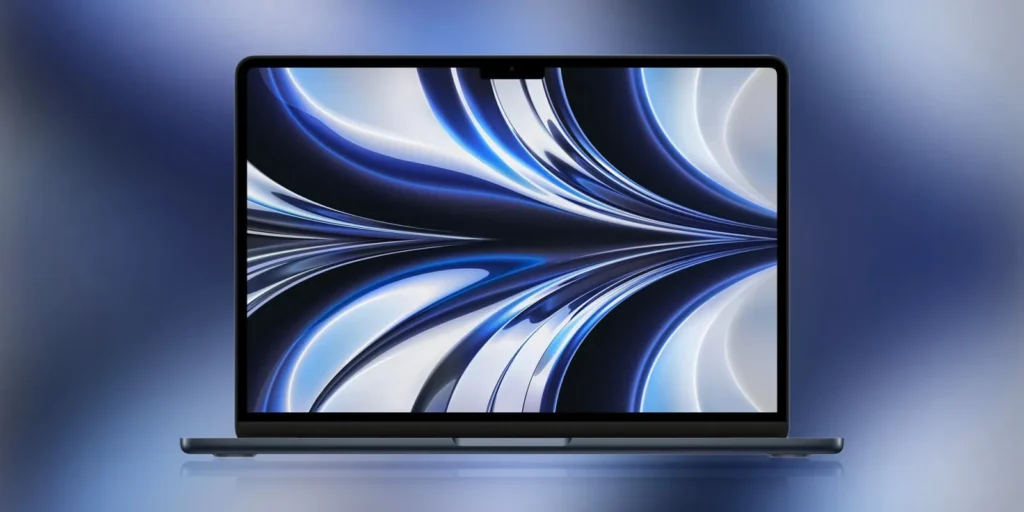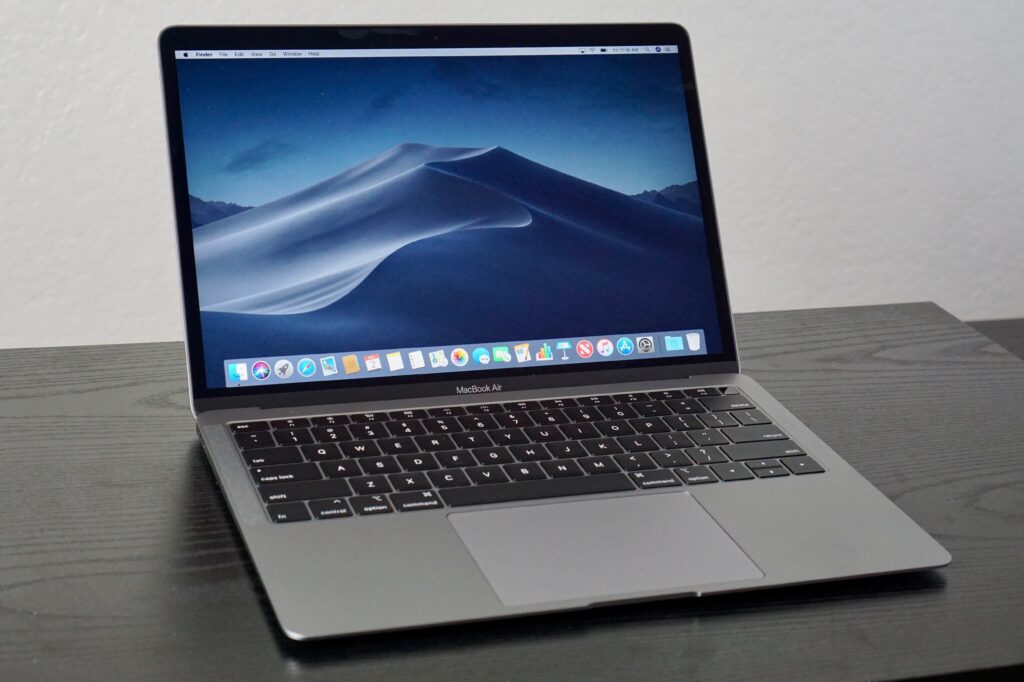In the ever-evolving world of tech, Apple’s latest iteration of the MacBook Air, equipped with the M3 chip, has stirred quite the conversation. Known for its sleek, fanless design, the M3 MacBook Air is an emblem of silence and aesthetic simplicity. However, recent tests reveal a significant performance gap compared to its somewhat noisier cousin, the M3 MacBook Pro, raising questions about the cost of tranquility in the pursuit of power.

Silent Yet Toasty: The M3 MacBook Air’s Thermal Challenge
The allure of a fanless MacBook Air has always been its promise of silent operation, a feature that Apple has faithfully delivered across generations. However, this design choice comes with its caveats, as demonstrated by the 13-inch and 15-inch models of the MacBook Air with the M3 chip.
Despite its sophisticated SoC (System on Chip), the MacBook Air struggles to keep up with the performance of the MacBook Pro, which boasts a similar chip but includes a cooling fan.
A recent exploration by the YouTube channel Max Tech has shed light on this disparity. They found that under sustained workloads, such as those simulated by 3DMark’s Wild Life Extreme Stress test, the MacBook Air’s temperatures soar, with CPU and GPU temperatures reaching 114 degrees Celsius and 102.9 degrees Celsius, respectively.
This thermal challenge not only leads to discomfort for users but also a significant performance drop. The MacBook Air, in comparison to the MacBook Pro, showcases a 33% decrease in speed, attributed to the system’s efforts to manage heat by reducing the chipset’s power draw.

The Aluminum Conundrum and a DIY Solution
The MacBook Air’s all-aluminum chassis, while stylish and durable, exacerbates its thermal management issues. As temperatures climb, so does the exterior chassis temperature, potentially reaching between 45 and 46 degrees Celsius. This not only poses a discomfort for users but also limits the device’s usability in demanding scenarios.
Interestingly, Max Tech offers a glimmer of hope for MacBook Air enthusiasts. By modding the heatsink with $15 thermal pads, they managed to significantly improve the device’s ability to sustain performance over longer periods.
This modification, accessible to those with a bit of technical know-how, suggests that there might be aftermarket solutions to the MacBook Air’s thermal dilemmas.
https://twitter.com/AaplPhotos/status/1766203712186257551
Balancing Silence and Performance
The M3 MacBook Air’s journey is a testament to Apple’s commitment to design and user experience. However, it also highlights the inherent challenges of balancing aesthetic desires with practical performance needs. While the fanless design offers an unmatched level of quietness, it’s clear that there is a performance sacrifice that comes with this choice.
Apple’s pursuit of an ultra-silent laptop has led to innovative designs and has pushed the boundaries of what’s possible in compact computing.
Yet, as technology continues to advance, the company may need to revisit its cooling solutions to offer users the best of both worlds: a device that is not only quiet and beautiful but also powerful enough to handle the demands of modern workflows.
As we look forward to future iterations, it’s evident that the conversation around performance, design, and user comfort is far from over. Whether through internal design changes or the creativity of the tech community, the quest for the perfect balance continues.










